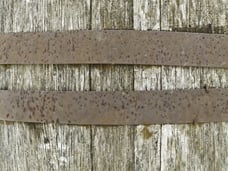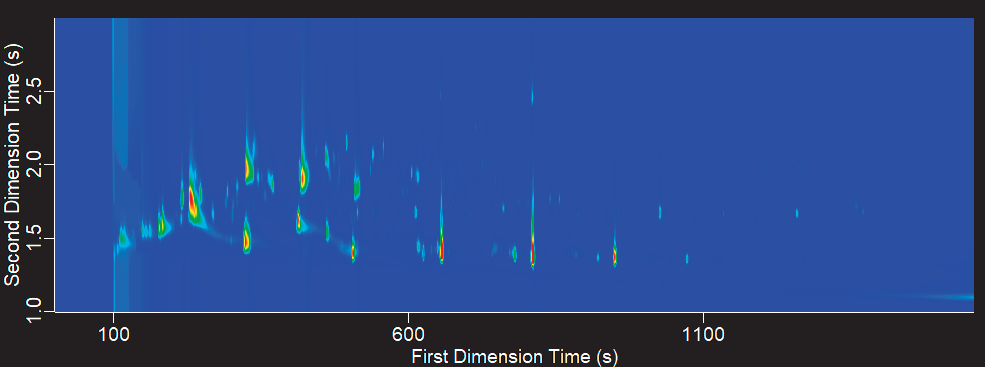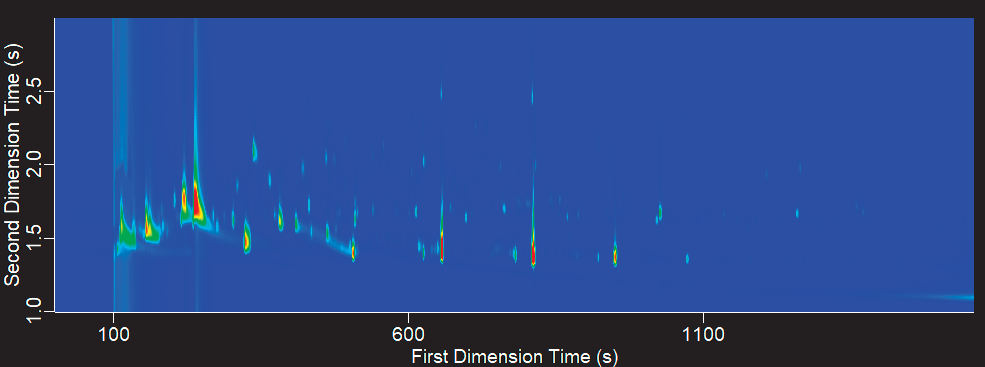 Charred oak barrels that were once used to age bourbon have found new life as they get repurposed for a variety of foods and beverages to add a new flavor profile to familiar delicacies. But how much can an old bourbon-soaked barrel change the chemical makeup? LECO used ChromaTOF® Tile to differentiate regular and barrel-aged maple syrups and quantify the difference.
Charred oak barrels that were once used to age bourbon have found new life as they get repurposed for a variety of foods and beverages to add a new flavor profile to familiar delicacies. But how much can an old bourbon-soaked barrel change the chemical makeup? LECO used ChromaTOF® Tile to differentiate regular and barrel-aged maple syrups and quantify the difference.
ChromaTOF Tile is a revolutionary new software from LECO that allows for quick and efficient comparisons of GCxGC data sets. In this analysis, ChromaTOF Tile was used to identify the differences between bourbon-barrel-aged and regular maple syrups.


Representative chromatograms for regular syrup (top) and barrel-aged syrup (bottom)
With just a look at a pair of representative chromatograms of the two samples, it is immediately apparent that there are differences. However, not every difference is immediately apparent with just a visual scan. For example, pyrazine was only observed in the regular syrup sample. However, at a similar retention time to pyrazine was also isoamyl alcohol. This feature was much stronger in the barrel-aged syrup and obscured the lack of pyrazine. ChromaTOF Tile, however, was able to tease apart the two compounds and show the spectral data and tentative identification.

Pyrazine was not the only difference ChromaTOF Tile identified. One hundred and thirty-nine features that differentiated the two samples from each other were tentatively identified by the software and summarized and characterized with PCA plots.
For more detailed information on how ChromaTOF Tile was used to differentiate these complex syrup samples, read the application note on our website.


